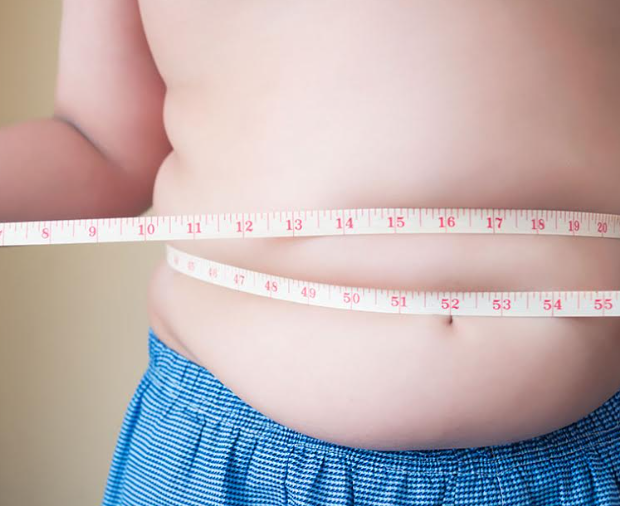What is obesity ?
What causes obesity in children?
How should we treat obesity in children?
Wriiten by Ms Dilara Kamisli; Reviewed by Ms Rowinda Dimech
According to the World Health Organization (WHO), obesity is one of the most serious health problems, worldwide. In fact, over 4 million people die each year as a result of being overweight or obese. Overweight and obesity in children increased from 4% to 18% in the past few years. As health professionals, we use certain tools to measure overweight and obesity. These are growth charts or Body Mass Index (BMI). The BMI is a measure of body fat based on a child’s weight according to his height. The readings below indicate that:
- BMI below 19 – underweight
- BMI 20 to 25 – normal weight
- BMI 25 to 30 – overwieght
- BMI over 30 – obese
What is obesity?
First of all in this blog, it should be emphasized that obesity is not an aesthetic concern, but a silent disease. Therefore, obesity needs to be treated holistically in both adults and children in order to prevent various chronic conditions, later in life. Children who suffer from obesity have a higher risk of cardiovascular diseases such as diabetes, high blood pressure, high cholesterol, kidney failure and fatty liver.
There are many reasons for obesity in children. Some of these reasons are:
- Sedentary lifestyle
- Unbalanced diet
- Consuming too much fast food
- Consuming calorie-dense foods
- Consuming large portions
- Consuming too much sugary drinks
- Mood changes
- Socio-economic level of the family.
- Certain diseases – such as adrenal diseases and thyroid
Treatment of obesity in children
Obesity treatment in children must be dealt in a professional and holistic way. This means a team of professionals including a doctor, dietitian, sports therapist, family support and child’s compliance. The most important goal of obesity treatment is to ensure weight control throughout the child’s life. For this reason, regular nutrition and sports should be made a part of the child’s lifestyle. Below is a basic list of suggestions which can be done as part of treating obesity in children.
- More fun activities which involves movement
- More play time
- Physical activity – ideally being part of a sports team
- Eating more fruit and vegetables
- A habit of eating regular, healthy meals
- Limit consumption of sugary and carbonated drinks
Obesity in children and diet
In a nut shell, the five main food groups which include grains, dairy, protein, vegetables, and fruit, are generally a good starting point for any diet. The portions of each respective food group will depend heavily on age, genetic makeup, and physical activity therefore all children will have different portions sizes. In other words, two children of the same gender and age might still require different portion sizes. This is why it is very important not to compare your child’s diet with other children. In addition, since children are in the growth and development period, nutrition plays a very important role.
In fact, weight loss in children is different than weight loss in adult. This is why, we mentioned that a team approach is needed to treat children’s obesity. Dietary restrictions applied to achieve weight loss in children can lead to malnutrition, eating disorders – anorexia and bulimia nervosa, poor concentration and faltering growth. For this reason, energy-restricted meal plans are not recommended in the nutritional treatment of obese children and adolescents. However, in certain cases energy-restricted meal plans might help. It depends on the child’s situation.
This is why it is of utmost importance that if you would like that your child lose weight you consult a registered dietitian. If you would like to receive more nutrition information and free recipes please subscribe to our website. In addition, if you would like to book a consultation for your child please do not hesitate to contact us.




